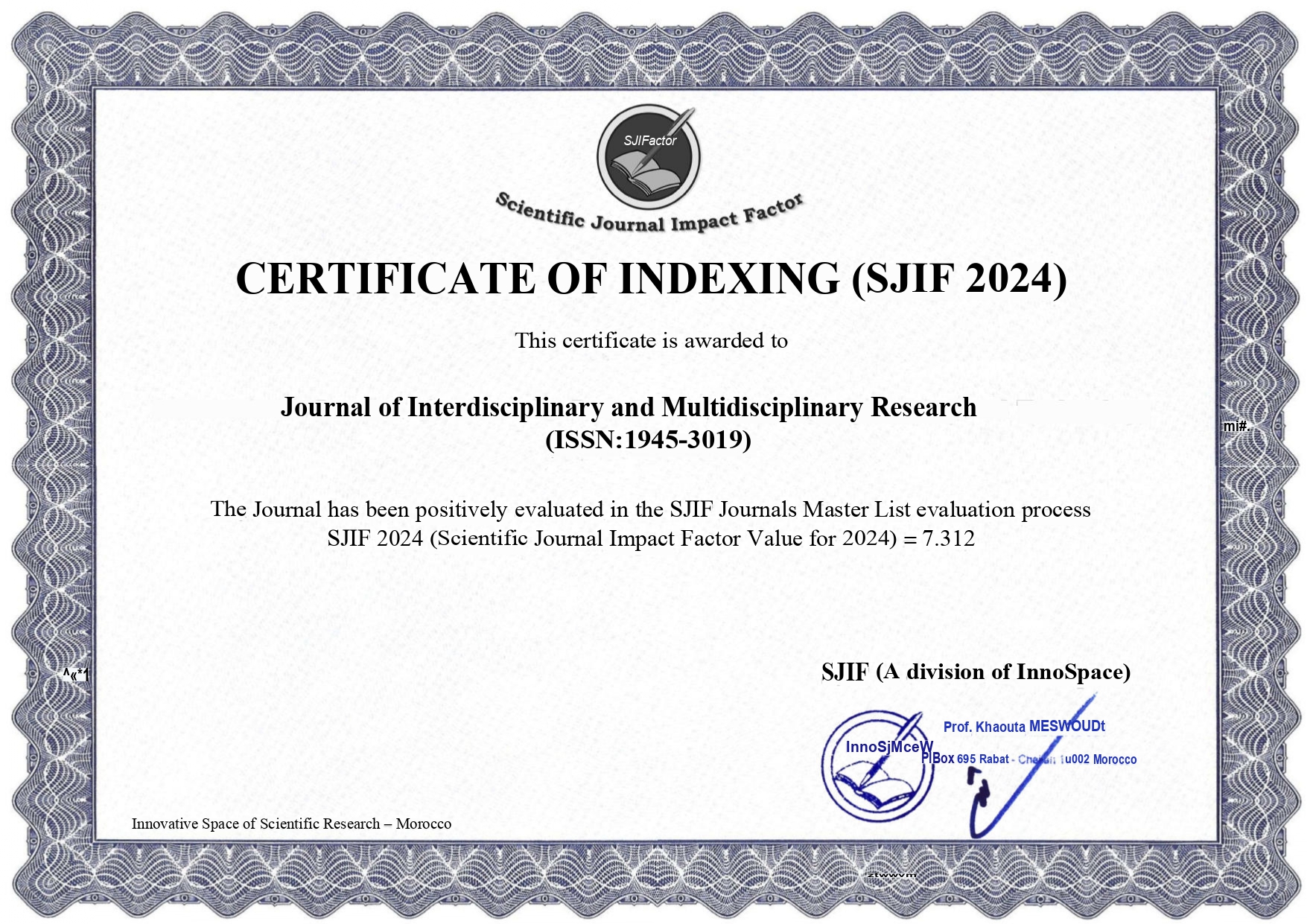Intergenerational Relationships in Jhumpa Lahiri’s The Namesake
DOI:
https://doi.org/10.5281/zenodo.16942817Keywords:
Intergenerational Relationships, Generational Conflict, Cultural Identity, Acculturation, Cultural Transmission, Parent–Child Dynamics, Bicultural ExperienceAbstract
This paper explores the complexities of intergenerational relationships in immigrant families through a critical reading of Jhumpa Lahiri’s The Namesake. The novel presents the emotional, cultural, and psychological tensions that emerge between first-generation immigrants and their American-born children. Central to the narrative are themes such as identity crisis, cultural dislocation, generational divide, diasporic dilemma, and the evolving concept of home. While Ashoke and Ashima, as first-generation Bengali immigrants, struggle to adapt to life in the United States while preserving their cultural identity, their children, Gogol and Sonia, navigate the challenges of assimilation and identity formation within American society. Gogol’s journey, in particular, reflects the internal conflict faced by second-generation immigrants torn between inherited traditions and the desire for social and cultural belonging in a new land. His rejection and later reconciliation with his name symbolize his broader struggle with identity and belonging. The novel highlights how generational misunderstandings, cultural memory, and personal reinvention shape immigrant family dynamics. Ultimately, The Namesake illustrates that the notion of “home” is not fixed but rather a fluid and evolving idea shaped by both memory and lived experience. This study underscores how intergenerational relationships within immigrant families embody the broader negotiation between tradition and transformation, continuity and change, and displacement and belonging.
Downloads
Published
Issue
Section
License
Copyright (c) 2025 K. Jayalakshmi (Author)

This work is licensed under a Creative Commons Attribution 4.0 International License.






